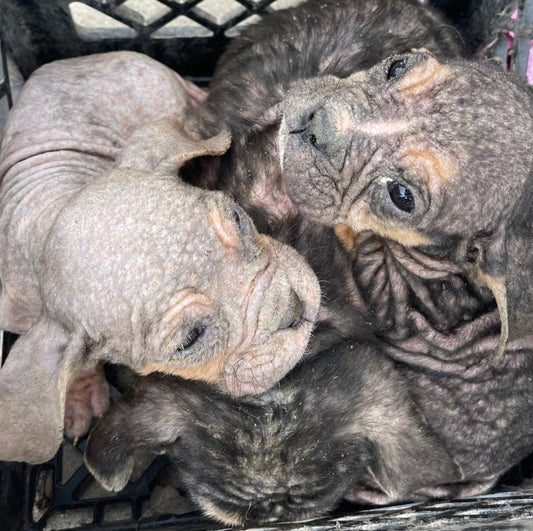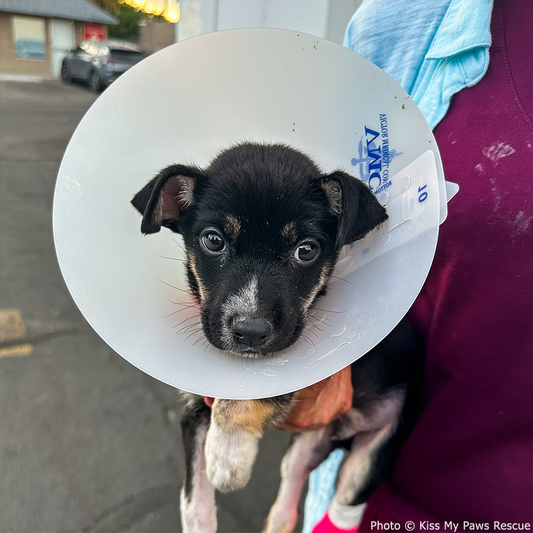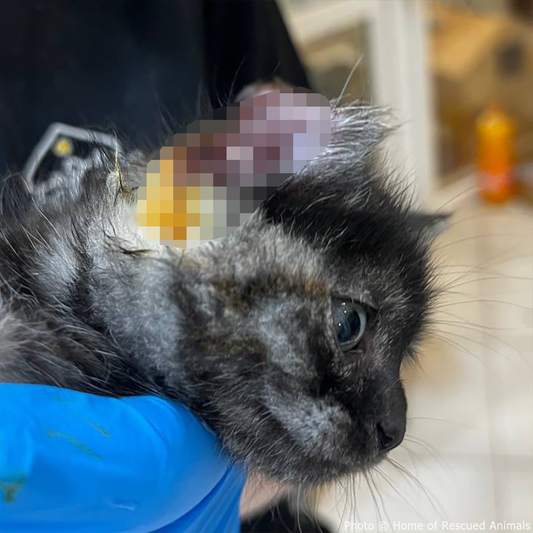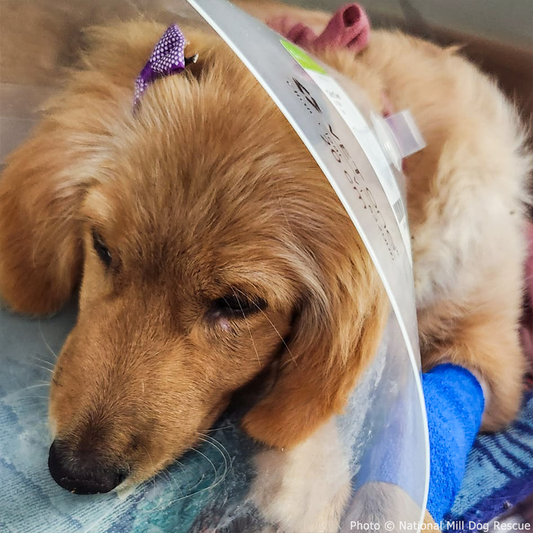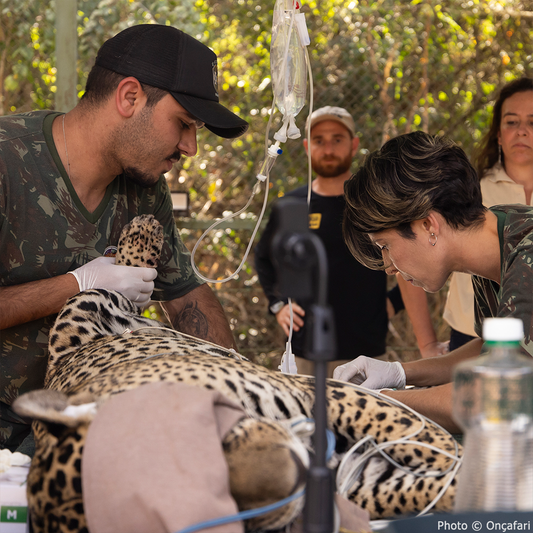Birds Living Near People Found to Have Higher Levels of Antimicrobial Resistant Bacteria
Michelle Milliken
Pixabay / MountainDweller
Habitat loss and increased urbanization impact animals, but they can also lead to health impacts on humans. As more wildlife is driven out of their range and closer to us, the threat of zoonotic disease – or those that spread between animals and people – goes up. These diseases can be caused by viruses, bacteria, parasites, and fungi. A new study shows that birds in close proximity to humans may be heavily impacted by this consequence of proximity, which could in turn impact us and other animals.
Recent research from Oxford University, published in Current Biology, investigated how habitat disruption could drive disease spread through species, focusing on the bacteria Campylobacter jejuni, or C. jejuni, which is commonly found in bird gut microbiomes. In all, 700 samples from 30 bird species in eight countries were studied.

The findings showed that urban birds had up to three times as many C. jejuni genotypes, meaning they harbor a much more diverse lineage than birds further from humans, as well as three times as many antimicrobial resistant strains. Antimicrobial resistance means resistance to drugs treating infections caused by bacteria, parasites, viruses, and fungi. Among the strains found in this study were those resistant to common human antibiotics.
This can have a broad impact on animals, agriculture, and people.

Professor Samuel Sheppard, study co-author and Ineos Oxford Institute Digital Microbiology and Bioinformatics Lead, explains, “Antimicrobial resistance (AMR) is a complex problem that affects not only human health but also animals and the environment. Wild birds have potential to transfer AMR over long distances to livestock raised for meat consumption and companion animals such as pets. This can have economic implications for agriculture, animal welfare, and food security. Our study demonstrates that wild bird populations in cities are reservoirs of bacteria resistant to many important human antibiotics. There is an urgent need to understand how human activity is influencing the spread of zoonotic diseases and AMR.”
Proximity to humans means these birds could be harboring these strains due to exposure to urban sources like that carry them, like wastewater-contaminated rivers. Many of the bird species studied also travel long distances and are found in large numbers within cities, meaning they’re in close quarters with humans in a variety of different areas.

The study’s findings shine more light on zoonotic diseases and the spread of antimicrobial resistant bacteria. The team also hopes they've provided policymakers with more information to limit spread and to protect wildlife.
Shepherd says, “Our study highlights the need for coordinated global action that considers wildlife conservation, public health, and agriculture, to limit far-reaching impacts of AMR.”
Michelle has a journalism degree and has spent more than seven years working in broadcast news. She's also been known to write some silly stuff for humor websites. When she's not writing, she's probably getting lost in nature, with a fully-stocked backpack, of course.


